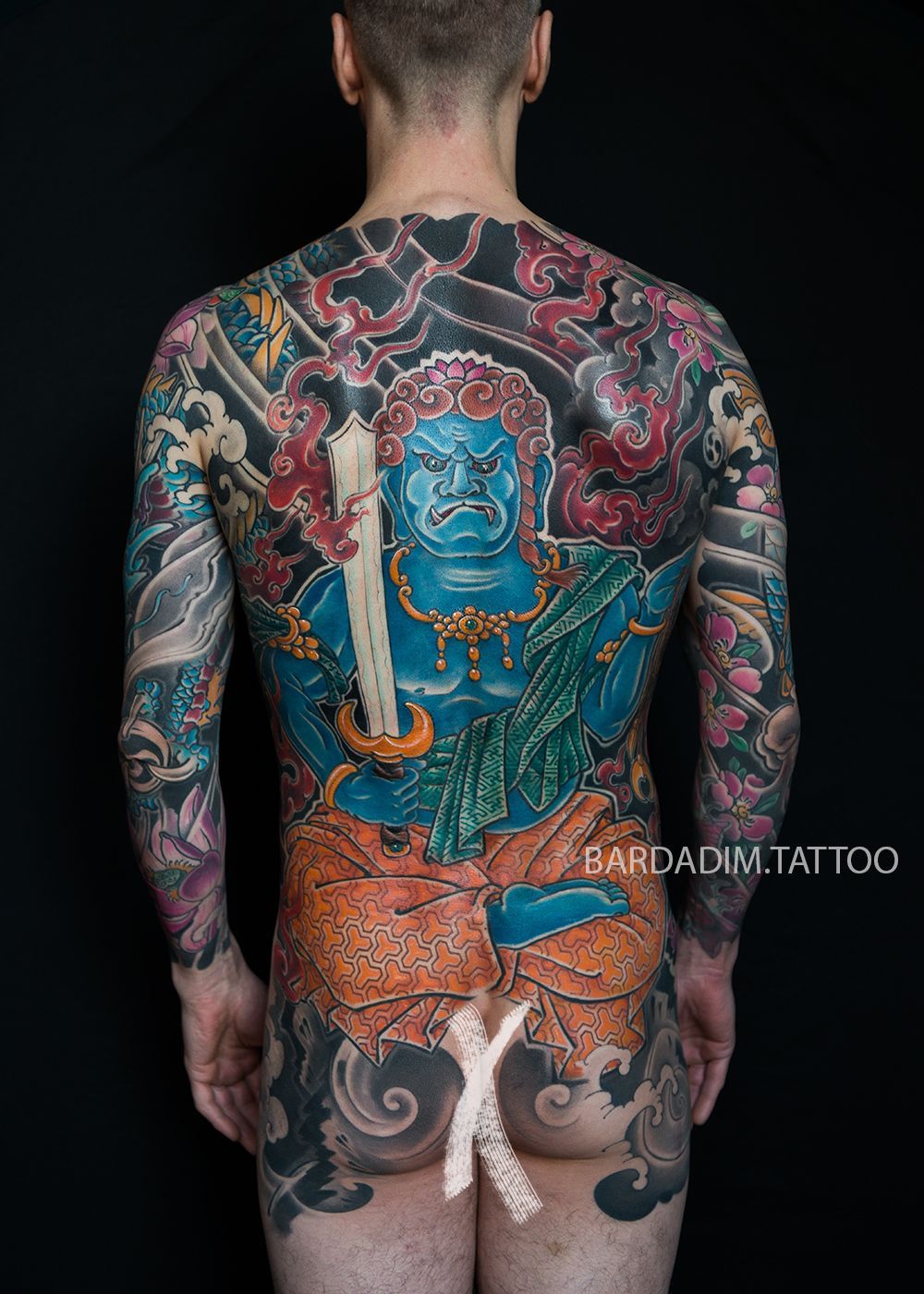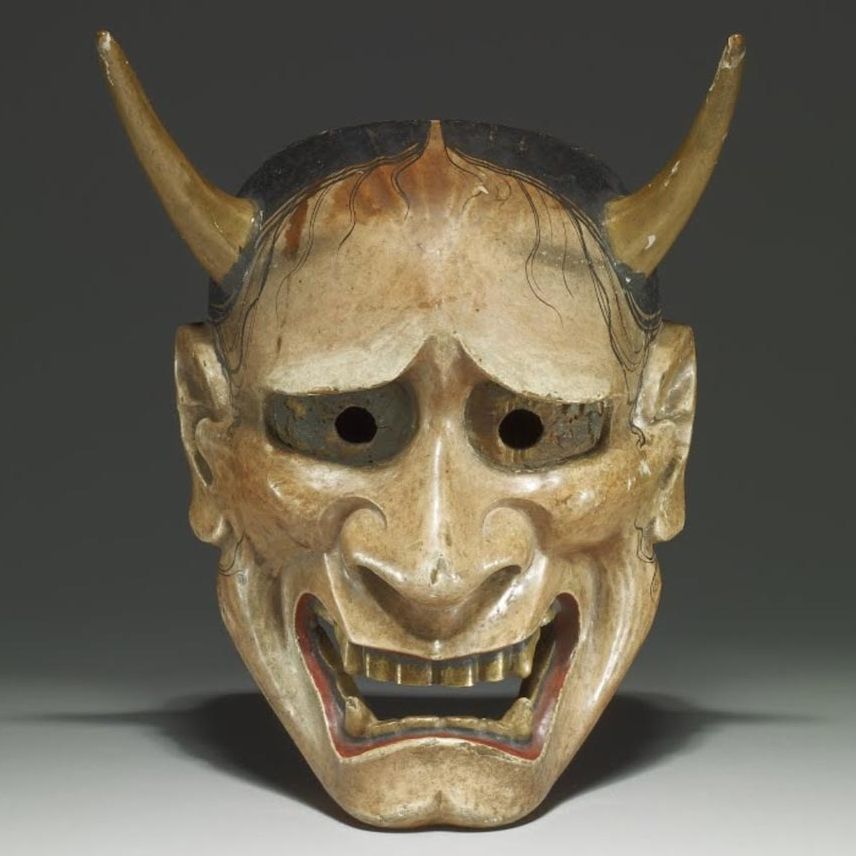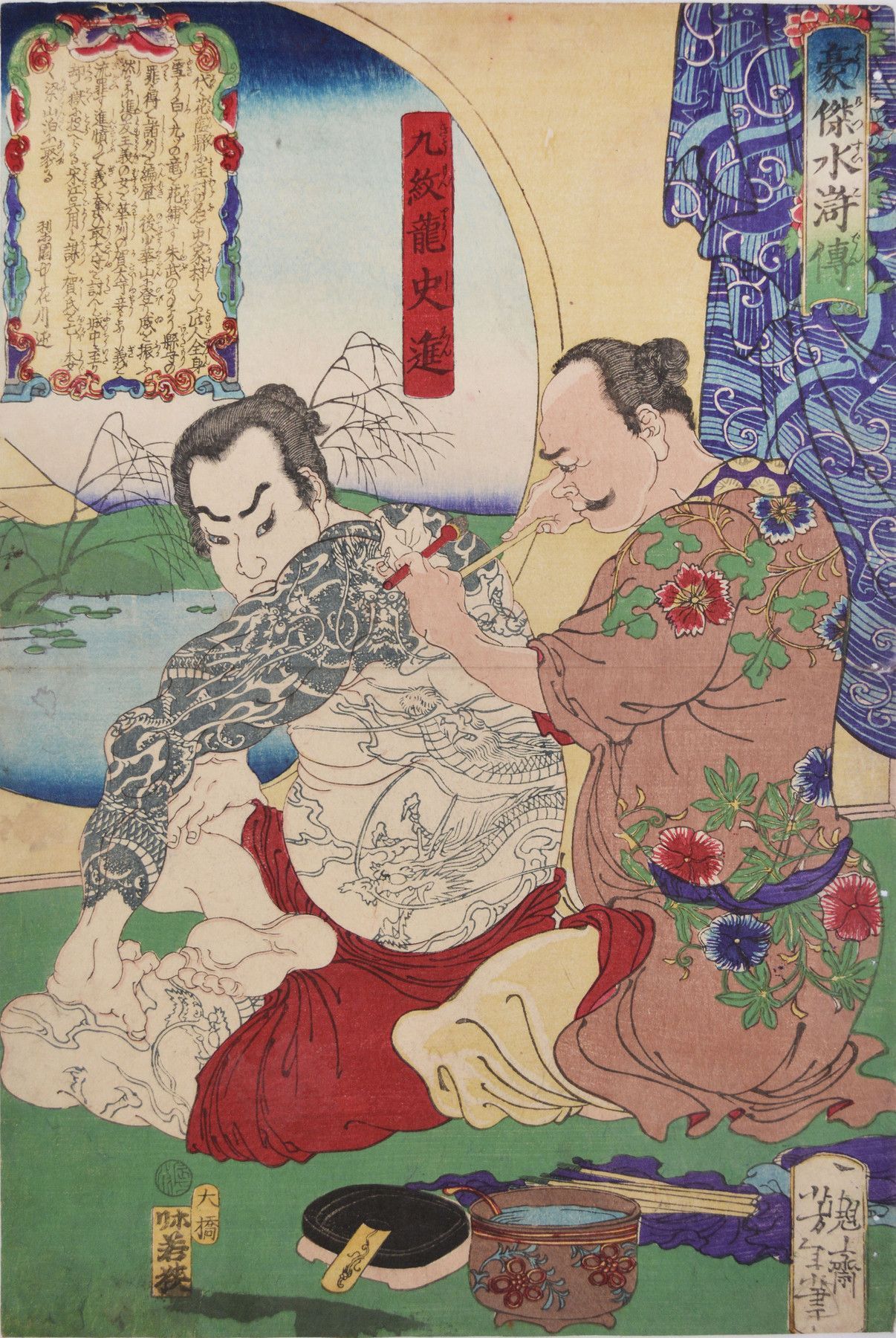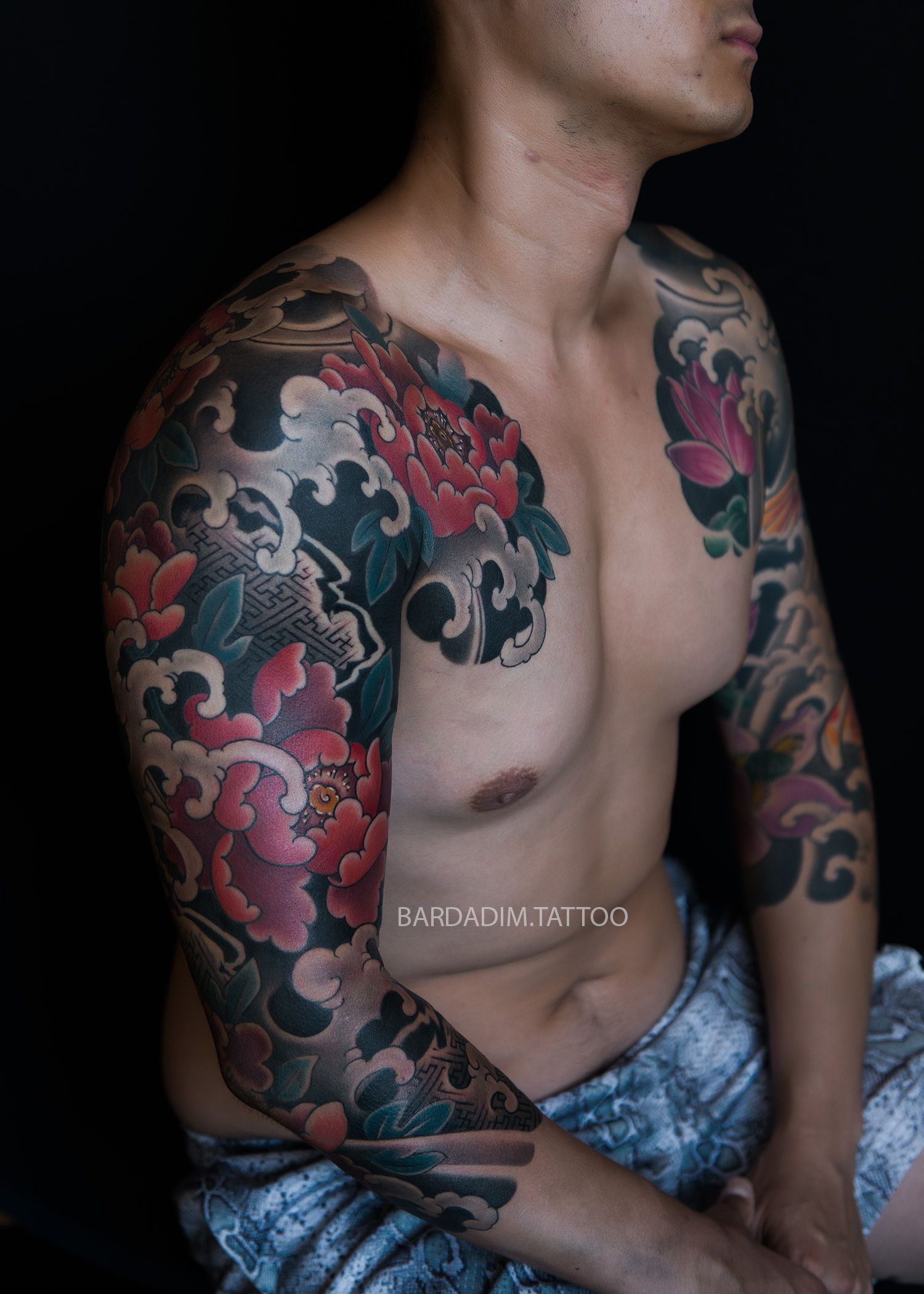Tattoo Blog
Japanese Tattoo symbology and meaning. Tattoo ideas, thoughts, historical facts and publications. Photos and galleries. Irezumi tattoo style guidelines, knowledge base and more.
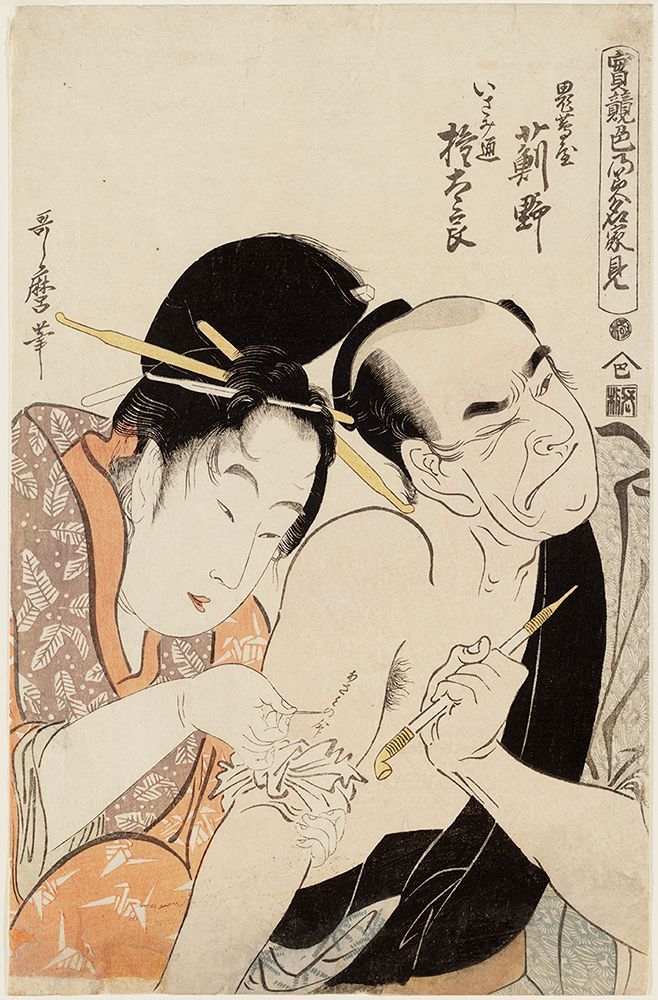
By George Bardadim
•
March 14, 2025
Embarking on a tattoo journey is a profound experience, intertwining art, personal expression, and physical endurance. For those following low-carbohydrate or carnivore diets, there’s an intriguing intersection between nutrition and the tattooing process. Emerging evidence suggests that such dietary approaches may enhance pain tolerance and stabilize energy levels during extended tattoo sessions. Enhanced Pain Tolerance Low-carbohydrate and ketogenic diets have been associated with reduced inflammation and oxidative stress, factors that can influence pain perception. A study highlighted that these diets might improve chronic pain by targeting nervous system sensitivities. ® Additionally, research indicates that ketogenic diets can induce hypoalgesia, leading to increased pain thresholds. ® For individuals undergoing tattoo sessions, this could translate to a more comfortable experience, as the body’s heightened pain threshold may better accommodate the discomfort associated with tattooing. Stable Energy and Reduced Hunger Cravings Maintaining consistent energy levels is crucial during lengthy tattoo sessions. Low-carb diets, rich in proteins and fats, provide sustained energy, minimizing blood sugar fluctuations that often lead to hunger pangs. This macronutrient composition promotes satiety, reducing the likelihood of sudden hunger during critical moments. Moreover, the inclusion of low-carb, high-protein snacks, such as hard-boiled eggs and string cheese, can further enhance satiety and provide essential nutrients. ®  Practical Considerations for Tattoo Sessions For those adhering to low-carb or carnivore diets and planning extended tattoo sessions, consider the following: • Pre-Session Nutrition: Consume a balanced meal rich in proteins and healthy fats before your appointment. This ensures sustained energy and satiety. • Hydration: Adequate water intake is essential. Proper hydration supports overall well-being and can influence pain perception. • Snack Wisely: Bring low-carb snacks to your session. Options like olives, string cheese, or jerky can provide quick nourishment without disrupting ketosis or low-carb adherence. ®  Incorporating a low-carbohydrate or carnivore diet may offer benefits beyond general health, potentially enhancing the tattooing experience through improved pain tolerance and stable energy levels. As always, it’s advisable to consult with healthcare professionals before making significant dietary changes, especially when preparing for procedures that challenge the body’s endurance and resilience.

By George Bardadim
•
August 15, 2024
Lung-men: The Mountain of Transformation Lung-men, also known as the Dragon Gate, is a significant mountain in China, situated between Ho-chin County in Shansi Province and Han-ch'eng County in Shensi Province. The mountain’s prominence is not merely due to its geographical location but also because of its cultural and mythical significance. The challenging terrain and the powerful falls of the Yellow River at this juncture create an almost insurmountable obstacle for any fish attempting to swim upstream. Legend has it that any fish that successfully overcomes these obstacles and ascends the falls will transform into a dragon. This tale, deeply rooted in Chinese folklore, symbolizes perseverance, transformation, and the pursuit of greatness. The Origin of the Lung-men Legend The story of Lung-men’s transformative powers dates back to ancient Chinese history, with its earliest mention in the Hou Han Shu (History of the Later Han Dynasty). According to this historical record, the phrase “going up Lung-men” became synonymous with striving to improve one’s position in life. The legend of the fish transforming into a dragon after surmounting the falls became a powerful metaphor for personal growth and the relentless pursuit of success. This myth has since inspired countless individuals to persevere through their challenges, believing that, like the fish, they too can achieve greatness if they endure. The Symbolism of Carp and Waterfalls in Chinese Art The carp, a common subject in Chinese art, is often depicted ascending a waterfall. This imagery is not merely decorative but is imbued with profound symbolism. The carp’s journey up the waterfall represents the arduous path to success, with the ultimate reward being transformation into a dragon—a creature associated with power, strength, and auspiciousness in Chinese culture. As such, paintings of a carp ascending a waterfall were often given as gifts to individuals aspiring for success, serving as both encouragement and a blessing. Artistic Interpretation: The Nan-p'in and Maruyama-Shijo Schools The theme of the carp ascending a waterfall was a popular subject among artists of various schools, particularly the Nan-p'in and Maruyama-Shijo schools. These schools were known for their distinctive styles, which often emphasized natural forms and movements. The depiction of water, especially the dynamic and fluid forms of breaking waves, became a hallmark of these artists. The carp’s interaction with the water, wrapping itself in the waves as it ascends, symbolizes the harmony between effort and the natural world, further reinforcing the idea of perseverance in the face of adversity.
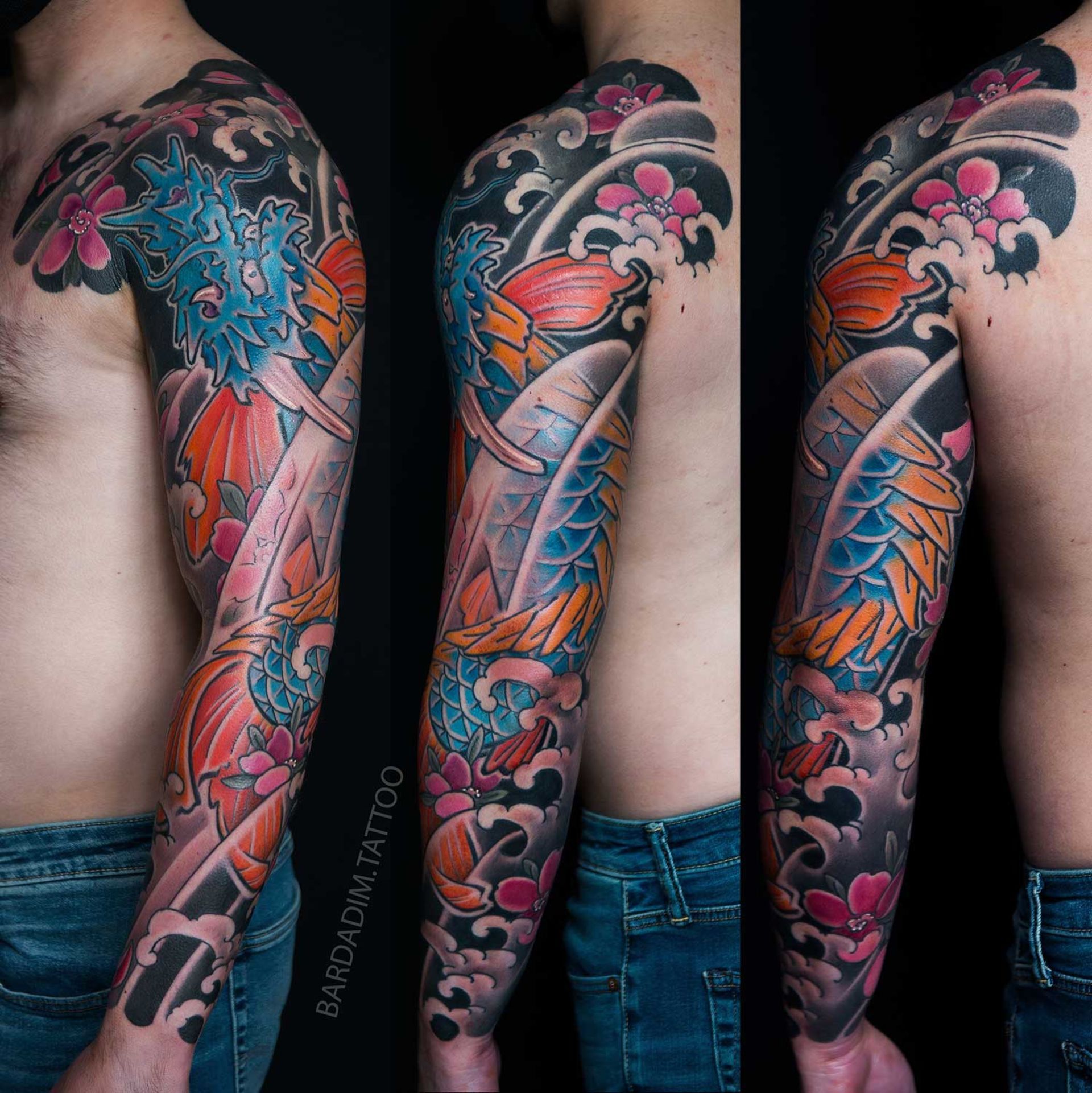
By George Bardadim
•
July 14, 2024
Ryuugyo. In Japanese culture, the concept of ryuugyo, or "dragon fish," holds deep symbolic significance, particularly within Zen philosophy and the art of irezumi (traditional Japanese tattooing). The ryuugyo represents the transformative journey of the mind towards enlightenment, akin to the legendary koi fish that swims upstream and transforms into a powerful dragon upon reaching the top of a waterfall.
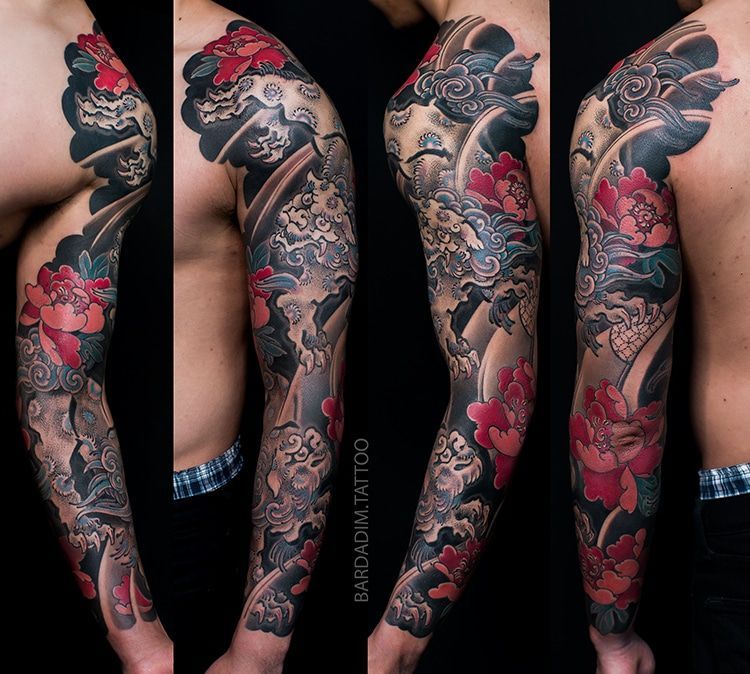
By George
•
April 8, 2024
The Ultimate Guide to Japanese Tattoo Prices and Timeframes Japanese tattoos are renowned for their intricate designs and deep cultural significance. If you're considering getting a full sleeve, you might wonder how much time and money you'll need to invest. This guide breaks down the essential factors influencing the time and cost of a Japanese tattoo, ensuring you're well-prepared for this commitment. How Long Does a Full Sleeve Tattoo Take? A full sleeve tattoo can take anywhere from 20 to 30 hours to complete, typically spread across 5 to 8 sessions. Several variables influence this timeframe: - Design Complexity: The more intricate and detailed the design, the longer it will take. - Arm Size: Larger arms require more time to tattoo than smaller ones. - Healing Process: Your body's ability to heal between sessions can affect the overall timeline. - Skin Condition and Sensitivity: Healthier skin may heal faster and tolerate longer sessions. - Pain Tolerance: Your ability to endure pain can impact how long you can sit for each session. Given these factors, predicting the exact duration for completing a full sleeve is challenging. However, providing your arm measurements and design concept allows for a more accurate estimate. Understanding the Cost of a Japanese Tattoo Currently, we offer a discounted rate of $1400 for our regular 4-hour sessions, providing a significant savings compared to our standard hourly rate of $400. Please note that pricing may vary depending on various factors like: - Size and Scope: Larger projects, like full-body suits, may qualify for discounts. - Cover-Ups: Tattoos that incorporate or cover up existing tattoos may have different pricing structures and often require additional consultations. - Laser Removal: For old tattoos, laser removal is frequently recommended before starting new work. Session Length and Frequency Typically, tattoo sessions last between 4 to 5 hours. Longer sessions are avoided to reduce stress on your body and enhance the chances of proper healing. The ideal break between sessions is 2 to 3 weeks, allowing sufficient time for your skin to recover. The Healing Process and Its Impact on Tattoo Duration Healing plays a crucial role in the overall timeline for completing a full sleeve. Rushing the process can lead to poor healing and affect the final appearance of the tattoo. In exceptional cases, some individuals may desire to complete a sleeve in a few days, but this approach is not recommended due to the significant stress it places on both the artist and the client. Ensuring ample healing time between sessions is key to achieving a beautiful and lasting tattoo. Tips for a Successful Tattoo Experience - Prepare Your Skin: Ensure your skin is in the best possible condition before starting your tattoo. Stay hydrated, moisturize, and avoid sunburns. - Follow Aftercare Instructions: Proper aftercare is essential for good healing. Follow your artist's instructions meticulously to avoid infections and promote faster recovery. - Communicate with Your Artist: Keep an open line of communication with your tattoo artist. Discuss your pain tolerance, healing concerns, and any other issues that may arise during the process. - Enjoy the Journey: Remember, getting a tattoo is a significant journey. Enjoy each session and appreciate the artistry involved in creating your unique design. Final Thoughts Embarking on the journey to get a Japanese full sleeve tattoo is a significant commitment of time, money, and patience. By understanding the various factors that influence the process, you can better prepare yourself for the experience. With proper planning and communication with your artist, you'll achieve a stunning piece of body art that you can proudly display for years to come.
Ready to go ahead?
Simply complete an application, and we will then determine the next steps.


